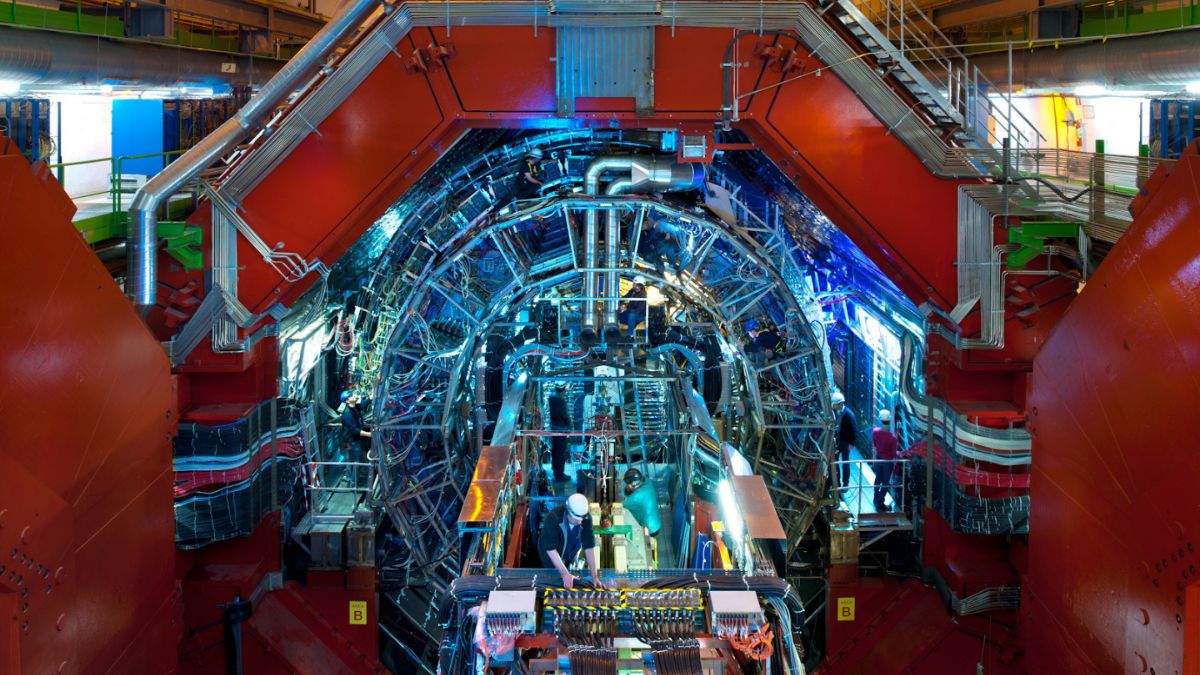The ALICE detector at CERN's Large Hadron Collider (LHC) has identified the heaviest antimatter particle observed to date, as per reports. This discovery has been achieved by replicating conditions akin to those present during the Big Bang, providing critical insights into the dominance of matter over antimatter in the universe. The particle, an antimatter counterpart of hyperhelium-4, emerges from a state of matter known as “quark-gluon plasma” generated by the LHC.
Antimatter and Its Implications
As per a report by Space.com, the particle accelerations at LHC have recreated the early universe's environment, helping scientists understand the phenomenon of “matter-antimatter asymmetry.” This imbalance is fundamental since, in theory, matter and antimatter should have annihilated each other, leaving behind a barren universe. The persistence of matter, despite this theoretical annihilation, remains one of the universe's profound mysteries.
Creation and Detection of Antihyperhelium-4
Lead collisions at the LHC generate a dense plasma from which exotic particles like antihyperhelium-4 can be observed. The ALICE collaboration focuses on colliding heavy ions to produce these hypernuclei. Machine-learning techniques have played a crucial role in identifying these particles from collision data dating back to 2018, offering a glimpse into the primordial conditions of the cosmos.
Impact of the Findings
The detection of antihyperhelium-4 and other heavy antimatter particles could reveal crucial details about the early universe's composition and the processes that allowed matter to prevail over antimatter. These findings add significant value to our understanding of particle physics and the conditions shortly after the Big Bang, aiding in solving the persistent mysteries surrounding matter-antimatter asymmetry. The results highlight the continuous advancements and more research play a pivotal role in expanding our knowledge of the universe.


